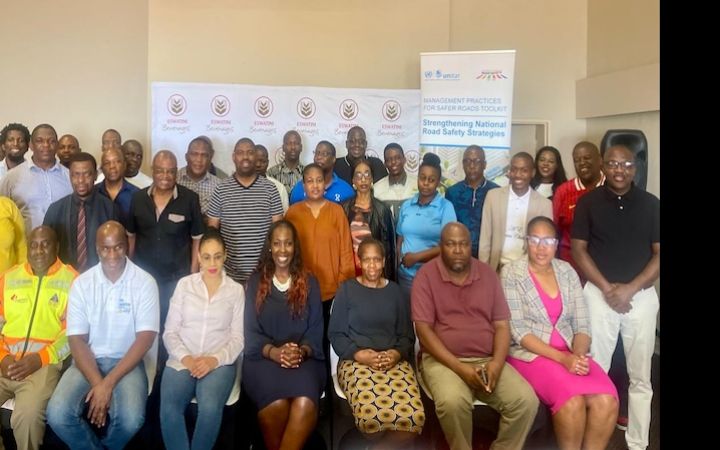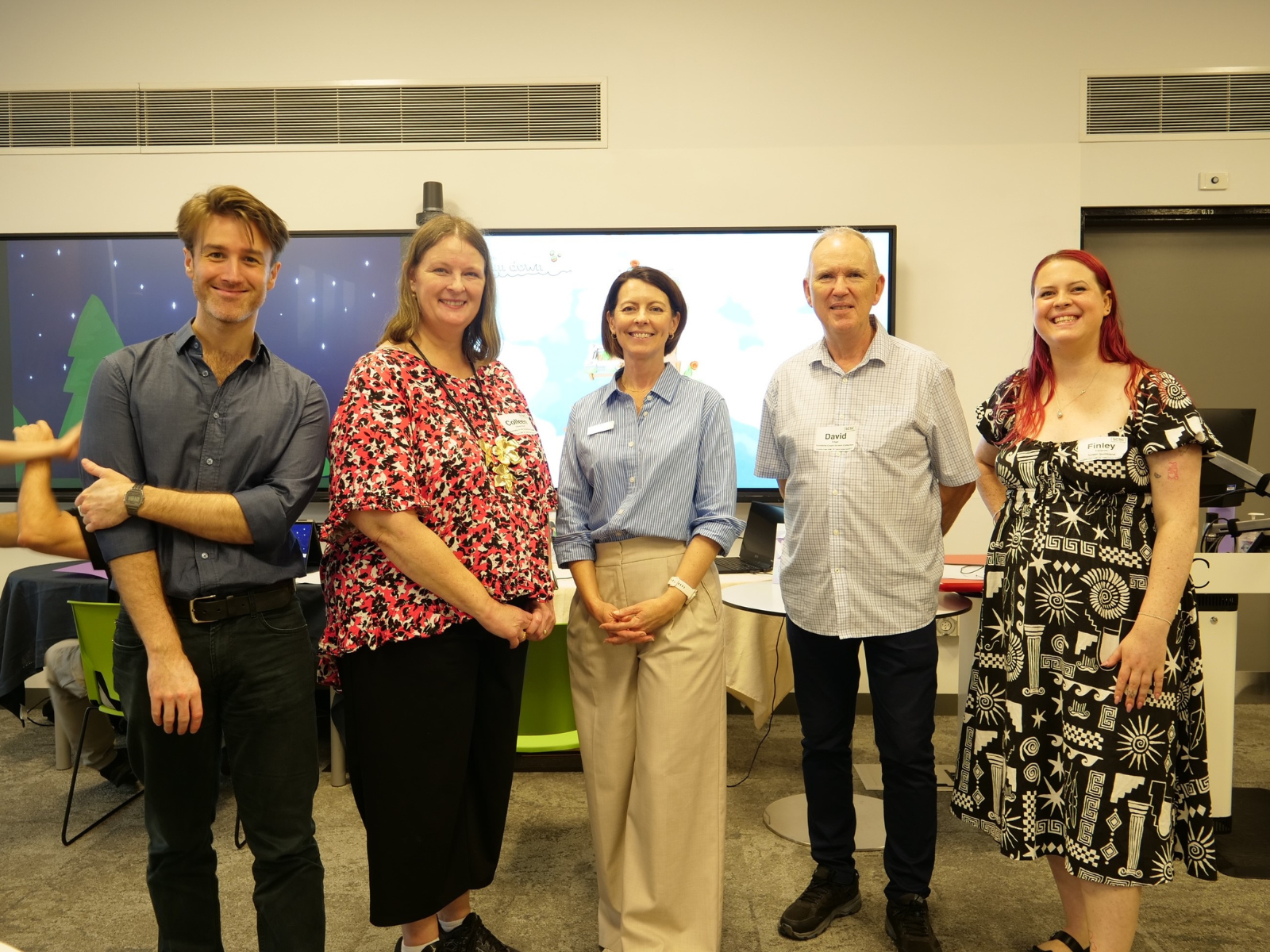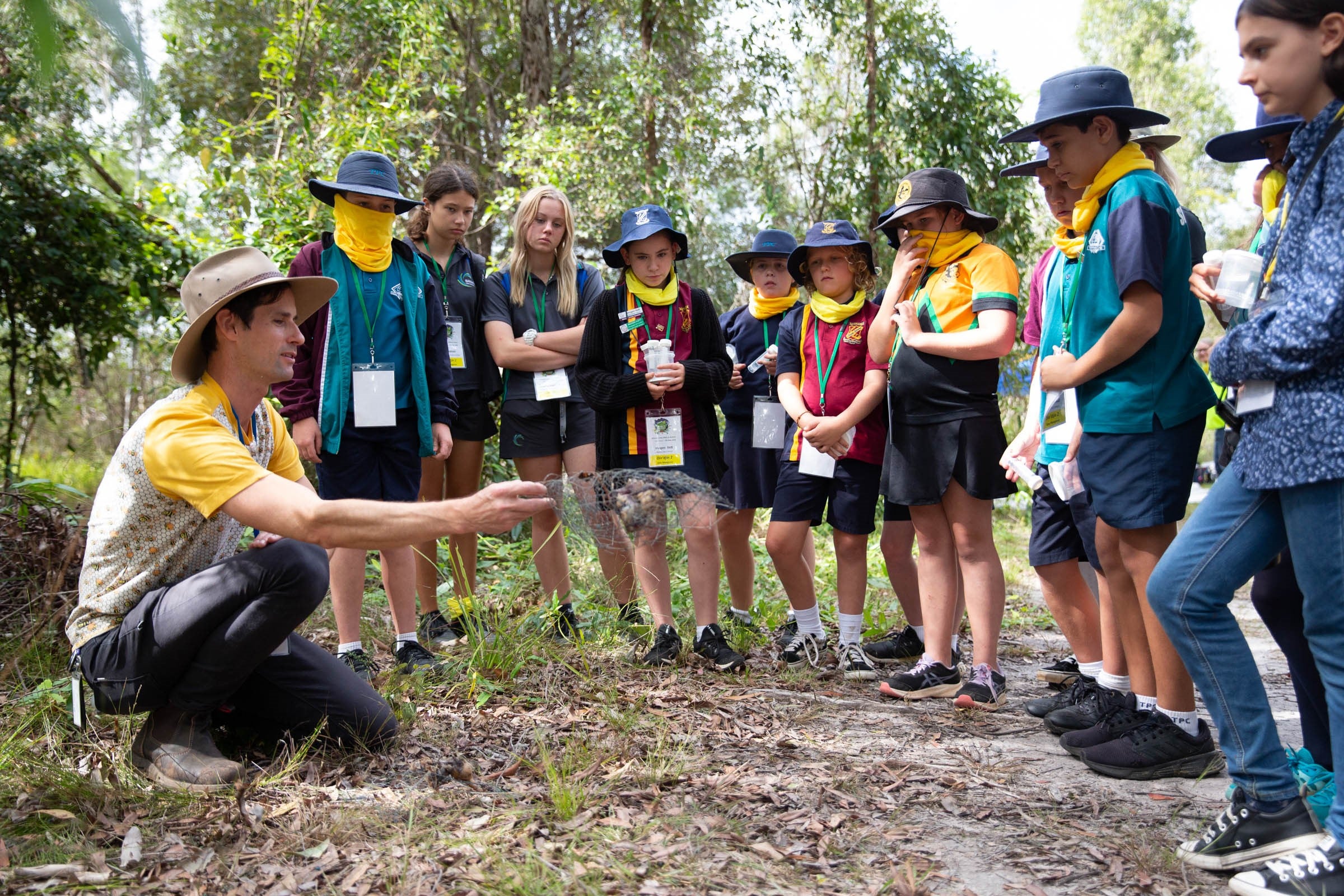The global science community and Australian Wildlife Conservancy (AWC) lost one of our guiding lights over the Christmas break, with the death of world-renowned conservation biologist Professor Thomas Lovejoy, aged 80. Professor Lovejoy maintained a close connection as a friend and supporter of AWC and was a founding member of AWC’s Science Advisory Network.
 J Clarke/AWC
J Clarke/AWCProfessor Lovejoy was a towering figure in nature conservation. From 1965 he worked in the Brazilian Amazon, where he established one of the planet’s largest and most important landscape ecology research projects, studying how wildlife responds to fragmentation of the rainforest. During this time, he became one of the most persuasive advocates for the protection of the Amazon.
“What needs to happen is for people to understand that nature is actually the basis for our wellbeing, and our future wellbeing, and that we need to embrace it, to nurture it, and to enjoy it.”
Lovejoy was part of the group of scientists who helped establish the new scientific discipline of conservation biology in the 1970s. He popularised the term ‘biological diversity’ to describe the variety of all Earth’s living organisms and ecosystems, and was himself often referred to as the ‘godfather of biodiversity’.
 J Clarke/AWC
J Clarke/AWCTom was a long-standing member of the AWC family. He made regular trips to Australia and visited sanctuaries in the Kimberley, the Top End, Cape York, Central Australia, the Gulf of Carpentaria and outback New South Wales. He was in awe of Australia’s natural wonders:
“Australia is this miraculous place where, for somebody who comes from outside like me, everything you look at is different. I mean it’s truly exciting.”
 B Leue/AWC
B Leue/AWCProfessor Lovejoy was an advisor to four US presidential administrations on matters of biodiversity and conservation, and his experience was invaluable as AWC embarked on its first public-private partnerships. He admired AWC’s science-based approach to conservation and the dedication of our field staff.
“Most good conservation projects around the world depend on good science and people who really care… that’s what it comes down to.”
Few individuals have had such an influence on the science of conservation as did Professor Lovejoy. His passing is a loss to the AWC family, and to the global cause of conserving nature.








